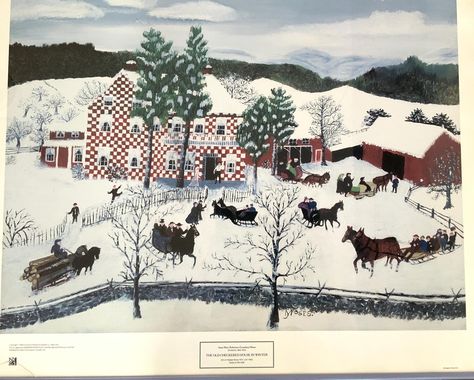Since I am doing an Ocean unit I decided to try and adapt it into an art project.
I began by simplifying it into a bare bones line drawing. I decided to leave the boats out and if the kids want to put them in we can create them out of brown construction paper and glue them in.
I am planning on showing this simplified drawing to the students and we'll talk about the direction of the dripping water or foam and how it goes in different directions throughout the composition. I will probably start them with a directed drawing of the biggest wave and then let them go from there.
Next I will demonstrate a watercolor wash for the background and the blue of the waves, being careful to leave the foam and snow white. They will do wet into wet blue stripes in the waves to create the movement in the water. Be sure to talk about the direction of the lines and how important that is. Don't worry if they get blue or brown into the white, in can be covered up with the white acrylic paint in the next step.
Demonstrate the addition of the white areas with white and blue acrylic paint. The white areas are sponged on with a sea sponge. The blue spots are applied with a small brush while the white paint is still wet. In this example the white acrylic paint has been added with some drops of blue dabbed into the white foam. The blue is very random, just putting it in where it looks good while looking at the original artwork.
In this example the top of the big wave and the wave in the foreground have been sponge painted. The wave in the background and the top of the mountain are just left alone with the white paper creating the white in those areas.
Finally they will use a toothbrush and splatter white paint on the painting to create the drops of water from all the waves.
Quite a few drawing and painting techniques are introduced in this project as well as some art history and printmaking.




























